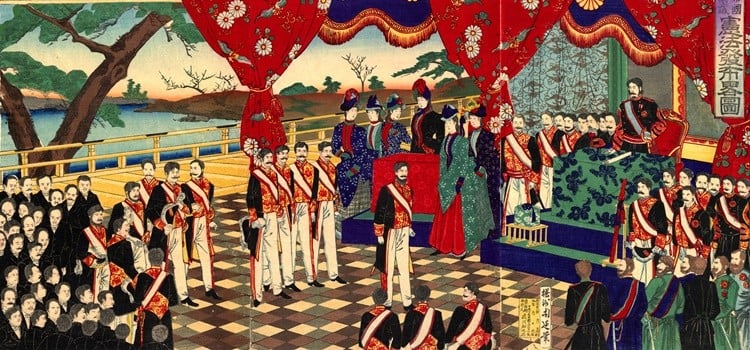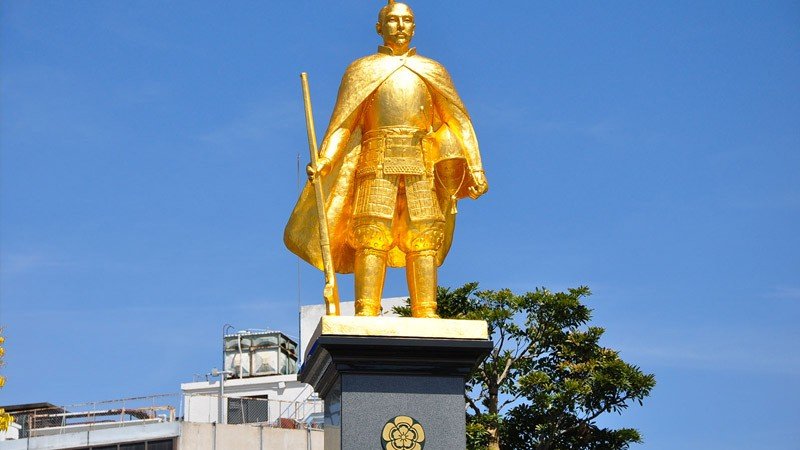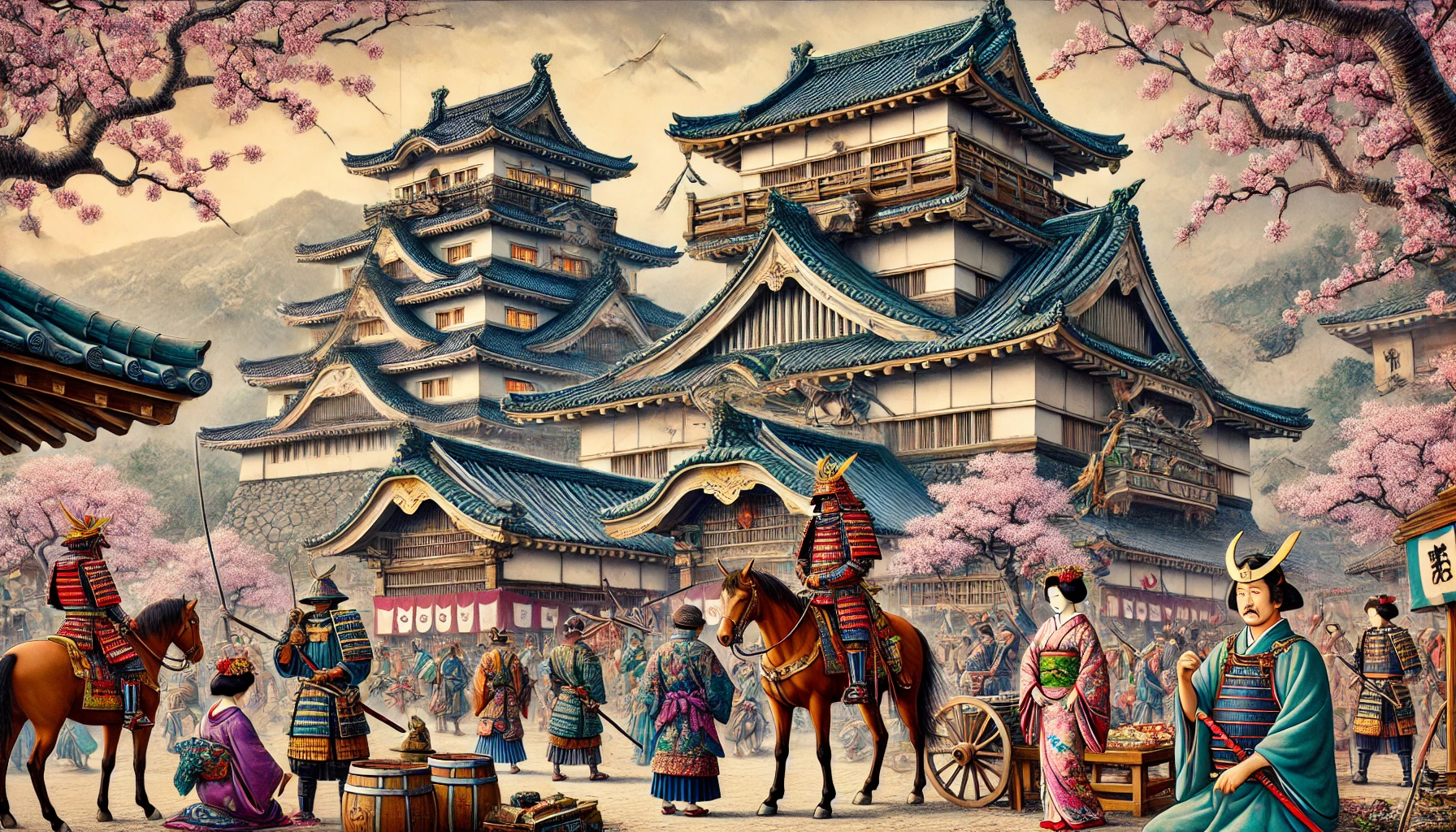Japan is one of the most fascinating countries in the world, with a rich and complex history that shaped its unique culture. Among the many historical events that marked the trajectory of the archipelago, the unification of Japan and its relationship with the concept of colonization are intriguing and relevant themes to understand how the country became the cultural and political power we know today.
Despite its strategic location and numerous external influences, Japan was never colonized in the traditional sense, maintaining its sovereignty throughout the centuries. However, the process of unification of the archipelago was a long journey, marked by internal wars and the leadership of visionary historical figures. Let's explore these crucial moments in Japanese history.
Table of Content
Was Japan colonized?
Unlike many countries in Asia and around the world, Japan was never formally colonized by foreign powers. Although it has been strongly influenced by neighboring civilizations such as China and Korea, these cultural exchanges occurred organically and not through military imposition or territorial occupation.
A significant attempt at invasion was made by the Mongols in the 13th century, under the command of Kublai Khan. The Mongol forces tried to invade Japan in 1274 and 1281, but both expeditions failed, mainly due to the storms known as "kamikaze" (divine wind), which destroyed a large part of the invading fleets.
During the 19th century, Japan faced the pressure of Western imperialism, but instead of being colonized, it chose to modernize rapidly during the Meiji Period (1868-1912), adopting Western industrial and military practices to preserve its sovereignty.

External influences and cultural resistance
Although Japan avoided direct colonization, its history is marked by significant cultural exchange. The Japanese writing system, for example, is based on Chinese characters, and practices such as Buddhism also arrived in Japan through Korea and China. Nevertheless, the Japanese have always adapted these influences in a unique way, shaping them to their culture.
Additionally, Japan maintained a policy of extreme isolation during the Edo Period (1603-1868), known as sakoku, severely restricting trade and contact with the outside world. This strategy was crucial to avoid the fate of many other Asian countries that fell under colonial rule.

When was Japan unified?
The unification of Japan occurred in the late 16th century during the tumultuous Sengoku Period (1467-1615). This period was marked by incessant wars among the daimyo, feudal lords vying for control of the lands and resources of the archipelago. Three historical figures played fundamental roles in this unification process:
Oda Nobunaga: the beginning of unification
Oda Nobunaga was the first leader to begin the unification of Japan. He used innovative strategies on the battlefield and introduced firearms, which came to Japan through Portuguese traders. Nobunaga conquered large parts of central Japan and significantly weakened the power of militarized Buddhist temples, which represented an obstacle to his hegemony.

Toyotomi Hideyoshi: the consolidated strategist
After Nobunaga's death, Toyotomi Hideyoshi took over leadership and consolidated most of the Japanese territory under a single government. Hideyoshi implemented economic and administrative reforms that strengthened his authority, as well as established a strict caste system that limited social mobility and ensured the stability of the regime.
Tokugawa Ieyasu: the shogunate and the lasting peace
The final step in unification came with Tokugawa Ieyasu, who defeated the decisive Battle of Sekigahara in 1600. In 1603, Ieyasu was appointed shogun, inaugurating the Tokugawa Shogunate, which ruled Japan for over 250 years. This period, known as the Edo Period, was marked by peace, stability, and isolation from the outside world.

The impact of the unification of Japan
The unification brought not only political stability but also significant cultural transformations. During the Edo Period, Japan developed a rich artistic tradition, including kabuki theater, ceramics, and haiku poetry. Furthermore, isolation allowed the country to preserve its cultural identity, preparing it to face the challenges of the 19th century as a strong and cohesive nation.
Historical legacy
The unification of Japan is a milestone that shaped the identity of the country as we know it today. This achievement, combined with the resistance against colonization, made Japan an example of how a nation can maintain its sovereignty and cultural identity amid external influences.
Wrapping Up
The history of Japan is a testimony to its ability to adapt and resilience. Despite external pressures and internal challenges, the country was never colonized and managed to unify under strong and visionary leadership. These historical events not only ensured Japan's independence but also paved the way for its rise as a global power in the 20th century.
